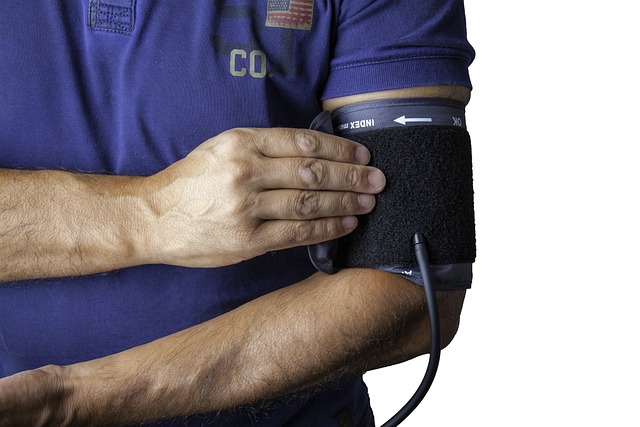Low water pressure, a frequent household issue, results from blockages, leaks, or outdated plumbing components. Recognizing visible signs of damage and identifying specific causes like clogs or faulty gaskets is crucial for effective troubleshooting. Prompt repair ensures optimal water flow, prevents water damage, and maintains consistent pressure (40-60 psi) in households.
Low water pressure can be a frustrating issue for any homeowner. From clogged pipes to leaks, there are numerous reasons behind this problem. Understanding the basics of water pressure is the first step in diagnosing and resolving these issues effectively. This article delves into the common causes of low water pressure in homes, providing practical insights to help you identify and fix problems swiftly. By exploring these solutions, you’ll gain the knowledge needed to navigate through various challenges related to your plumbing system.
- Understanding Water Pressure: The Basics
- Common Causes of Low Water Pressure in Homes
- Diagnosing and Resolving the Issues Effectively
Understanding Water Pressure: The Basics

Water pressure is a fundamental aspect of our daily lives, often taken for granted until it becomes an issue. Understanding the basics can help us identify and address problems more efficiently. Water pressure refers to the force at which water flows through pipes, typically measured in pounds per square inch (psi). It’s determined by several factors, including the height of water in a system (known as head), pipe diameter, and the amount of water flowing through it. Normal household water pressure ranges between 40-60 psi, ensuring a steady flow for various activities like showering, cooking, and cleaning.
Low water pressure can be frustrating and may indicate underlying issues within the plumbing system. Causes range from simple blockages in pipes or aerators to more complex problems like faulty pressure regulators or leaks. Identifying these causes is crucial in addressing the issue effectively. By understanding the basic principles of water pressure, homeowners can better navigate common problems and maintain a consistent water flow in their homes.
Common Causes of Low Water Pressure in Homes

Low water pressure is a common issue that many homeowners face, and it can be frustrating to deal with daily. Understanding the root causes behind this problem is essential for effective troubleshooting and prevention. In homes, several factors contribute to reduced water pressure, often leading to a less-than-satisfactory flow from faucets and showers.
One of the primary causes is partial or complete clogs in the pipes. Over time, mineral deposits, sediment, or debris can accumulate, narrowing the pipe’s interior and restricting water flow. Another common issue is leaks within the plumbing system. Leaks can occur due to worn-out fixtures, faulty valves, or damaged pipes, resulting in a significant drop in pressure. Additionally, outdated or improperly sized plumbing components, such as pipes or fittings, might not be able to handle the demanded water volume, leading to low pressure throughout the household.
Diagnosing and Resolving the Issues Effectively

Diagnosing low water pressure issues effectively involves pinpointing specific causes, which range from clogs to leaks in your plumbing system. Start by checking for any visible signs of damage or leaks in pipes, fittings, and fixtures. Clogged pipes are a common culprit; hair, grease, and mineral deposits can accumulate over time, restricting water flow. Use a plunger or drain snake for initial unclogging attempts, and consider professional intervention if the issue persists.
Leaks, whether from worn-out gaskets, broken valves, or pipe joints, can also significantly reduce water pressure. Locating the source of the leak is crucial; inspect faucets, appliances like washing machines or dishwashers, and check for moisture or water damage around pipes. Prompt repair of leaks ensures not only better water pressure but also prevents potential water damage to your property.
Low water pressure can stem from various issues, from clogged pipes to leaks. Understanding these causes is the first step towards effective diagnosis and resolution. By addressing common problems promptly, homeowners can ensure optimal water pressure, enhancing their daily routines and appliances’ performance. Regular maintenance and proactive measures can prevent future disruptions, keeping your home’s water flow strong and steady.
